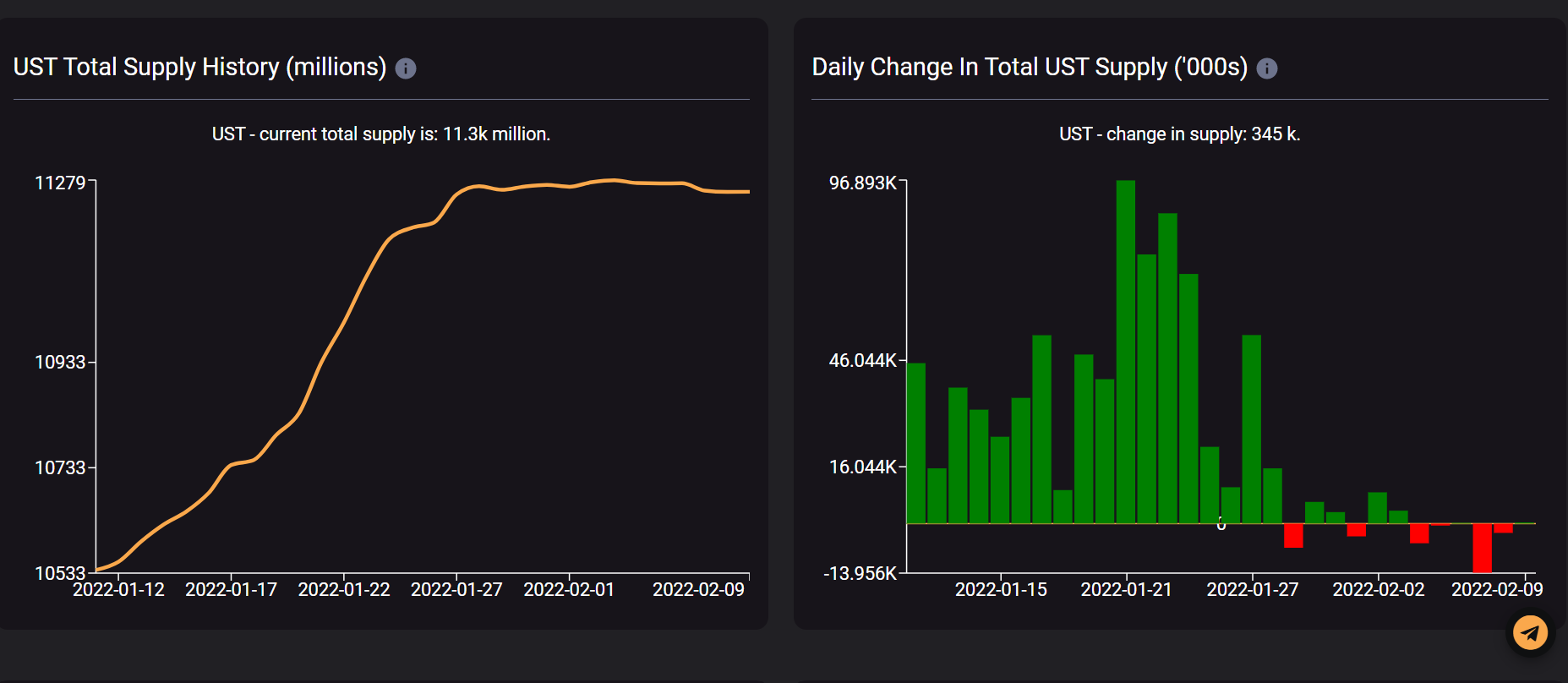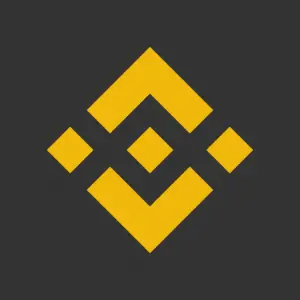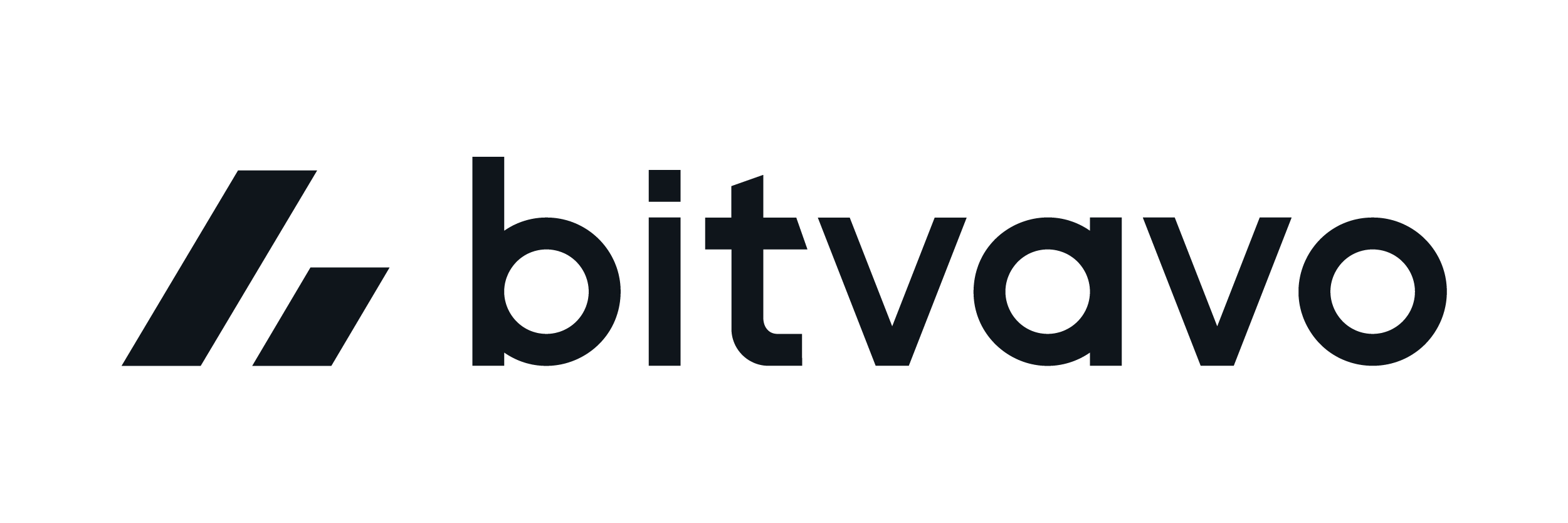Welcome to this post, where we are going to see the main differences between USDT and USDC, and which is the best option.
To do this, we will highlight the most important information of each cryptocurrency separately, such as their risks and advantages. The most important thing in a stablecoin, as it is in these two cases, is that it maintains its price equivalent to $1 and there are guarantees that it will maintain this value.
The last thing you want when using a stablecoin is that it does not maintain its value and does not have enough cash to maintain this value. Since, each stablecoin must be backed by 1$ or some liquid financial asset, to give security to users to use that stablecoin instead of another. Therefore, let’s go over those aspects to look at, and to take into account in each one of them.
USDT
USDT or Tether is the top stablecoin with ranking 3 in market capitalization and most used at the moment. It is only recently, that strong competitors have started to appear in the top 10 being a stablecoin like USDC, but a year ago, USDT had a great dominance over the other stablecoins out there.
The company behind USDT is Tether Limited and that was long linked to Bitfinex, one of the leading cryptocurrency exchanges. The company is based in Hong Kong, and therefore does not have so many regulatory requirements as it is not in a country like the United States or European countries. We will discuss the aspects related to USDT and Bitfinex later on.
Treasury

USDT’s treasury can be found on their website, at transparency. Here you can find all the information, and external audits on their balance sheets, the amount of USDT circulating and the amount of reserves they have. 84.25% is cash and cash equivalents and other short-term deposits and commercial paper, 5.22% in corporate bonds, funds and precious metals, 4.99% in secured loans and 5.54% in other investments.
Regarding the 84.25% of cash and cash equivalents, we have 52.51% in commercial paper, 33.35% in treasury bills, 12.42% in cash and bank deposits and 1.72% in money market funds.
You can find the balance in each network of its stablecoins, in addition to USDT, EURT, CNHT and XAUT. The % that have been commented is at the time of writing this article and may vary, so I recommend you also consult that section to learn more in detail the treasury that backs USDT.
USDT Supply

Another relevant aspect is the growth of the USDT supply, where we can see the market capitalization to know how many USDT are in circulation. If there are 78 billion (American), it means that there must be support for those 78 billion USDT in circulation. What is interesting is to see the market capitalization and its evolution, to see if it has a very fast growth and there is a large supply of USDT, to see if there is backing or they have just created more USDT without a real backing. So seeing if there is an increase in their supply is also a factor to look at.
Advantages
Let’s take a look at the main advantages it can present and the risks USDT has as stablecoins if we can compare it with others, so you can get a better idea of its strengths and weaknesses. Starting with the good.
One of its main advantages is that it has been around since 2014, and is still the leader in the stablecoins market. Being used in all centralized exchanges to buy other cryptocurrencies. So it has a great importance in the entire cryptocurrency market, both in liquidity and in its use in different functions, either centrally in exchanges or decentralized.
Another positive aspect is the great liquidity that you find in many different networks, being the stablecoin that is available in more networks and you will be able to use.
For the time being, despite having many news and doubts that we will now comment, it has not failed and has continued to grow its USDT offer and use throughout the world of cryptocurrencies, despite raising many doubts. So, historically, it has more run than any other stablecoin, and with a volume of daily and total use, much higher. Which is also an advantage, knowing how to keep its price linked to the dollar with so much market capitalization, and so much liquidity of the token spread across different networks and platforms.
Risks
Let’s go with the aspects that pose a risk to USDT and that may create certain doubts in using this stablecoin with respect to others.
The first is the controversial case of bitfinex and USDT, where there are many accusations that USDT was created out of nothing to cover a hole in the Bitfinex Exchange, and that USDT was used to inflate the price of Bitcoin. We won’t go into too much detail, but if you have more interest, I recommend watching news regarding this topic.
The other negative aspect is the lack of transparency. Despite being audited, being a company in a country with few regulatory requirements, there are many doubts about the company that has audited tether and if they really have the support they claim to have. Since they have not authorized U.S. government entities to review it or use another auditing company, and this creates several doubts as to whether the support is real.
Regarding the backing, a large part is in promissory notes or commercial paper, and this raises doubts because it is not known which companies have the promissory notes or commercial paper backing USDT as part of the treasury. And IOUs or commercial paper account for 44.5% of the total reserves held by tether.
Another disadvantage that we have been able to see in some of the sharp falls, is that it does not hold the peg or its equivalent value to the dollar as perhaps other stablecoins. Seeing USDT with a price of 0.95 at the lowest moments, although later with a great fast recovery. Although it is at times of high volume and very large drops, the fact that it falls as much as 4-5% and other stablecoins hold up better is also a risk to consider if there are again sharp drops and if USDT will be able to maintain its peg to the dollar.
UST
UST is the stablecoin and the central pillar of the terra network, an algorithmic stablecoin. Being the first stablecoin with a whole protocol around that has become top 3 in some moments of the most used stablecoin and we can find it since quite a while ago in the top 5 stablecoins.
Terra labs is the company that started with the terra network, but nowadays it is a whole protocol and its own network with two tokens, UST and Luna, which work as a balance. When 1 UST is mined or created, the equivalent amount of 1 dollar of Luna is burned. Thus making Luna scarcer as UST usage increases. And the same thing happens, inversely. When 1 UST is exchanged, it increases by 1 dollar of Luna and thus the supply of Luna increases if UST is no longer used.
Although this is a very simplified form of its use, it basically uses a balance model between these two tokens in order to keep the price of UST tied to the value of the dollar. It is a protocol that has gained a lot of traction due to the great opportunities offered by some of its platforms such as Anchor Protocol.
UST Treasury and Supply
We usually separate these two sections, but since there is no treasury behind them as UST reserves, we will go into more detail about relevant aspects of UST.
If you want to see information to verify how increasing UST supply reduces Luna supply and vice versa, you can find a lot of information and graphs to see it in the easiest possible way at terra.smartstake.io. Here, you will be able to see each day, the amount of UST that increases or decreases in circulation, and on the other side, the same but with Luna.
Although it may seem a very simple system, it has more complex aspects, but the idea to understand the operation is a balance between UST and Luna. And we have been able to see that it has withstood two relevant falls of Bitcoin and the entire market.
One of the main aspects that stand out from the terra network and UST, is that they have stablecoins for many other currencies, such as the won, euro or yen. And in Korea there are already several million users who use the terra network through an app, even though they don’t really know they are using the terra network. But with an app, they can send money with other currencies and exchange between different currencies quickly, any day of the year and with very low commissions.
Advantages
Let’s take a look at the main advantages it can present and the risks UST has as stablecoins, so you can get a better idea of its strengths and weaknesses. Starting with the good.
The main advantage it has, is that it is an algorithmic stablecoin and does not depend on a company or entity behind it that can limit any user, country, region. This makes it accessible to anyone. In addition to avoiding manipulation by the interests of a company, affecting its use or stability of its price linked to the dollar.
As we have just commented, they already have millions of users on a daily basis, although they do not know they are using the terra network, through an app in Korea they can enjoy the advantages it gives compared to a bank. Many times it is said that cryptocurrencies do not have a real application and it is all speculation, in this case it is already being used as an alternative to banks.
The terra network has achieved a lot of liquidity and total value blocked, money invested in platforms of its network quickly and has been placed as the second network with more total value blocked inside. Just ahead of Ethereum.
Another big plus, is how well it held up in the January downturn, hitting 0.98 and barely fluctuating while most stablecoins hit 0.96 for a short time. Which reinforces how robust the mechanism behind UST is.
Risks
Let’s go with the aspects that pose a risk to UST and may create some hesitation in using this stablecoin over others.
The main risk is a failure in the mechanism that had not been contemplated, or a large drop in the price of Luna or the entire market worse than other occasions. Since, in the January drop it held up well, but in other drops when the terra network was much smaller, it went as low as 0.92. So, if there is a very big drop, the Luna burning mechanism may not be enough to keep its value linked to the dollar.
Another big risk, is that its protocol is the second most used protocol, but most of the invested capital is in only one protocol, anchor protocol. And if this protocol suffers any problems, or reduces its annual % it gives, it can affect UST and the whole network quite a bit, as it would not be as attractive to investors.
Summary
To conclude, we will summarize the strengths and weaknesses of each one so that you can choose. Keep in mind that, in a stablecoin, what is most important and relevant is that it maintains its price at 1$, and that it has treasury in case something happens, to be able to recover your USDT or UST in dollars.
UST is an algorithmic stablecoin that focuses on a balancing system to maintain its value, and with much less travel. Giving more decentralization and little control of this stablecoin to any entity. While USDT has been the leading stablecoin with reserves for many years, although not externally audited, and has a single company behind it.
I hope it has helped you to know in more detail how USDT and UST work and all the backing and information behind each one. Remember, if you don’t have an account with binance, you can create one just below.
Platform: Binance
Min. deposit: $10
License: Cysec
Very low commissions
Exchange with more cryptocurrencies



